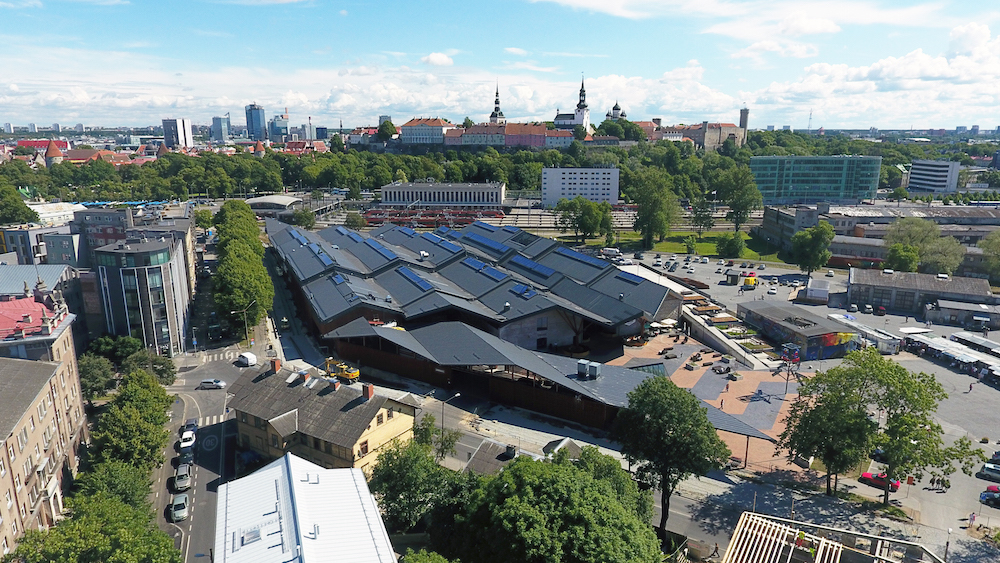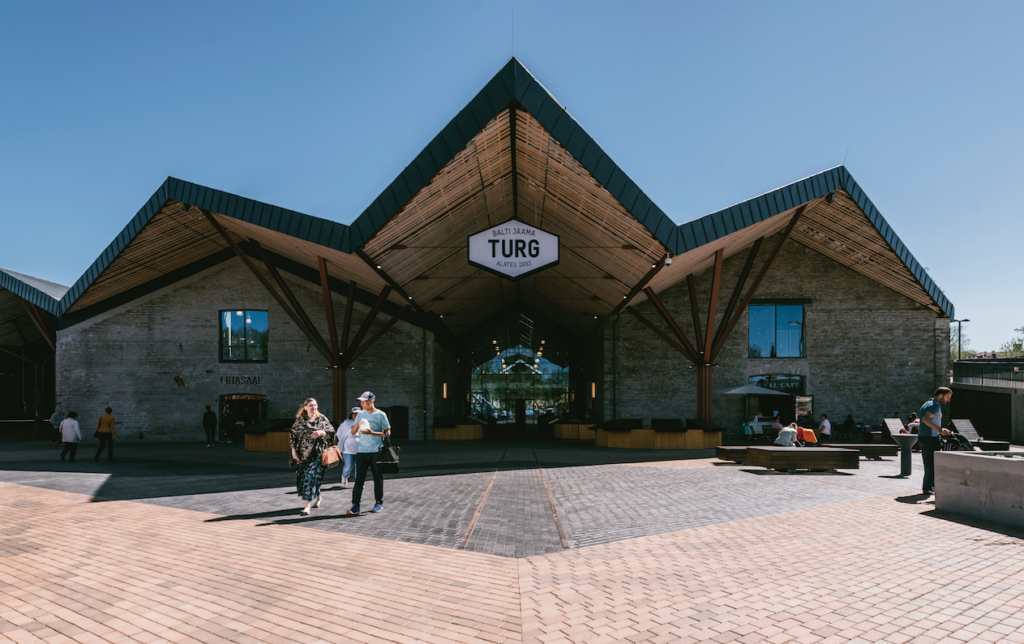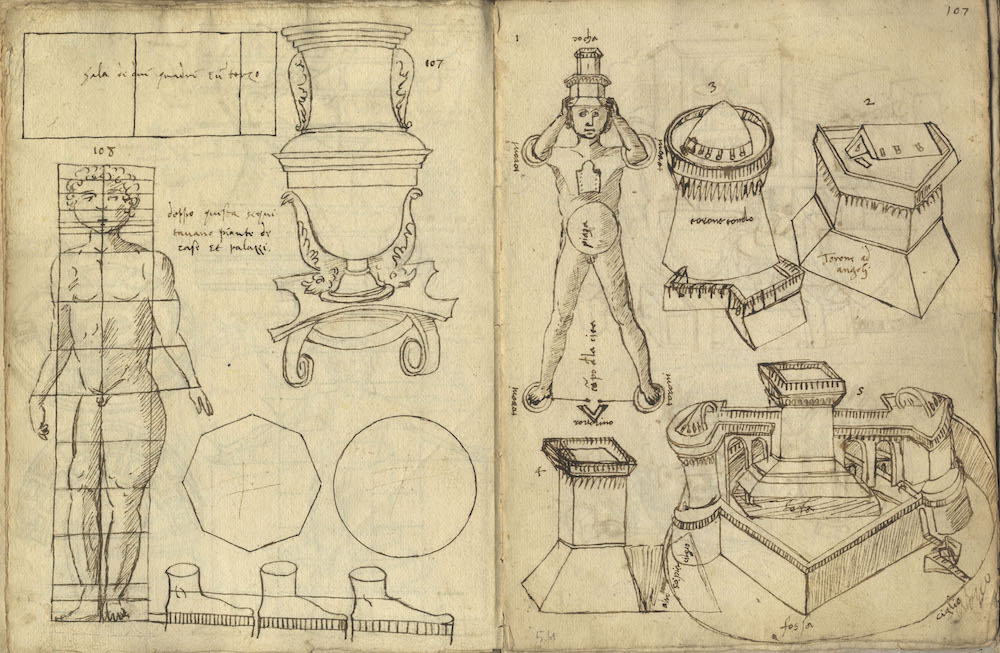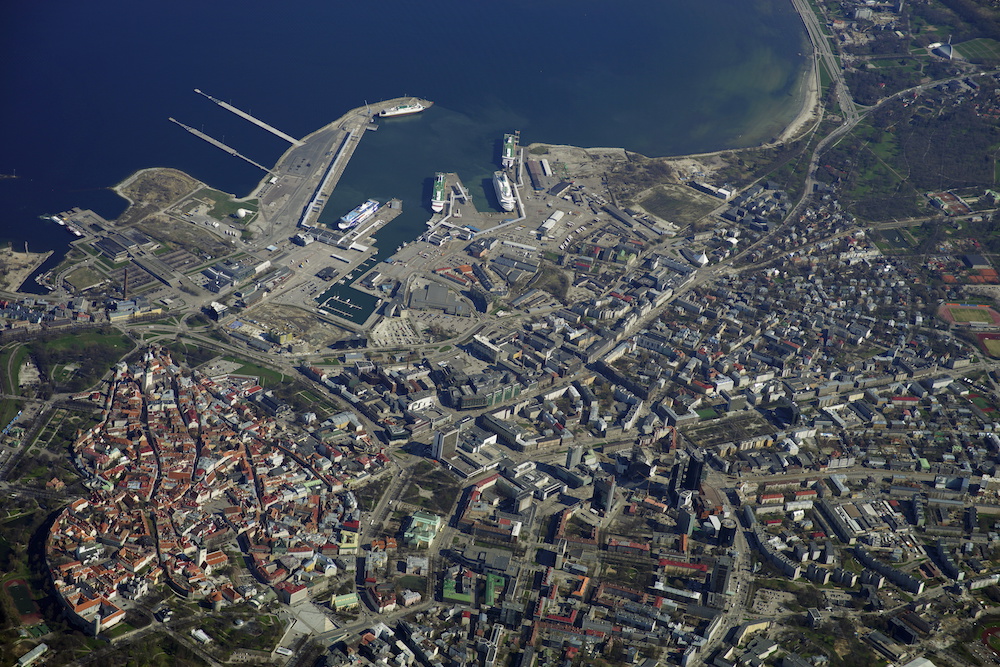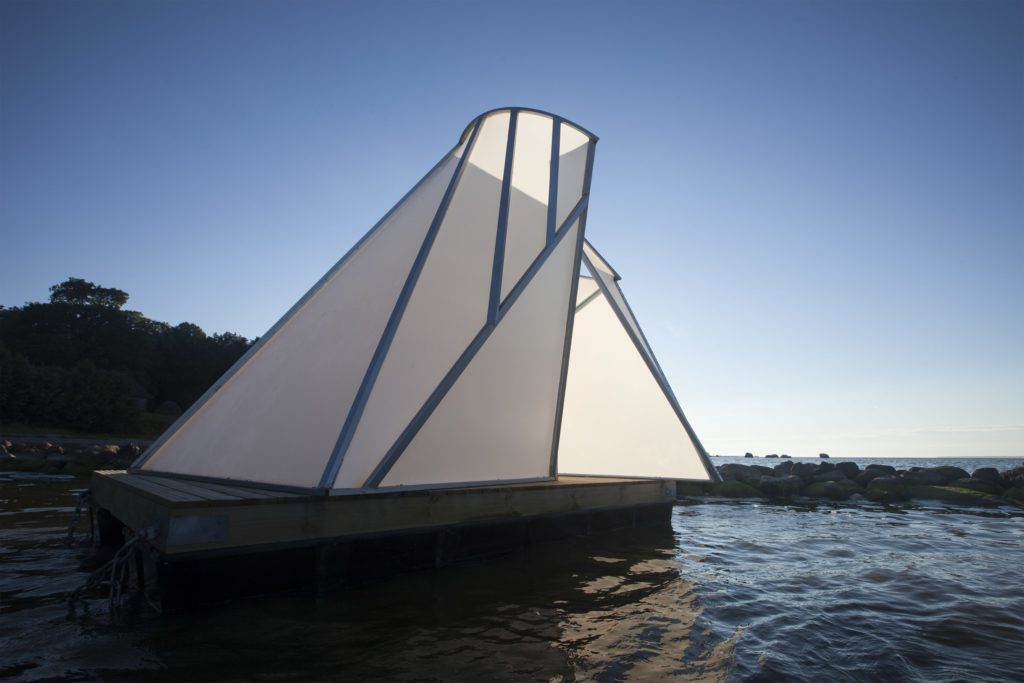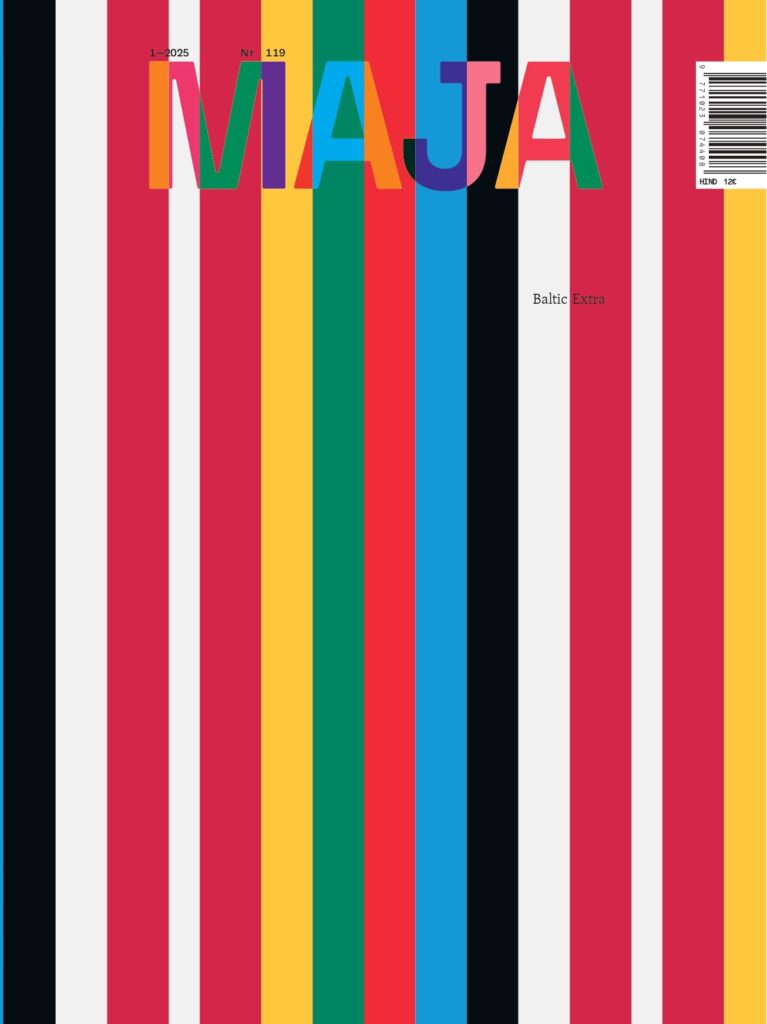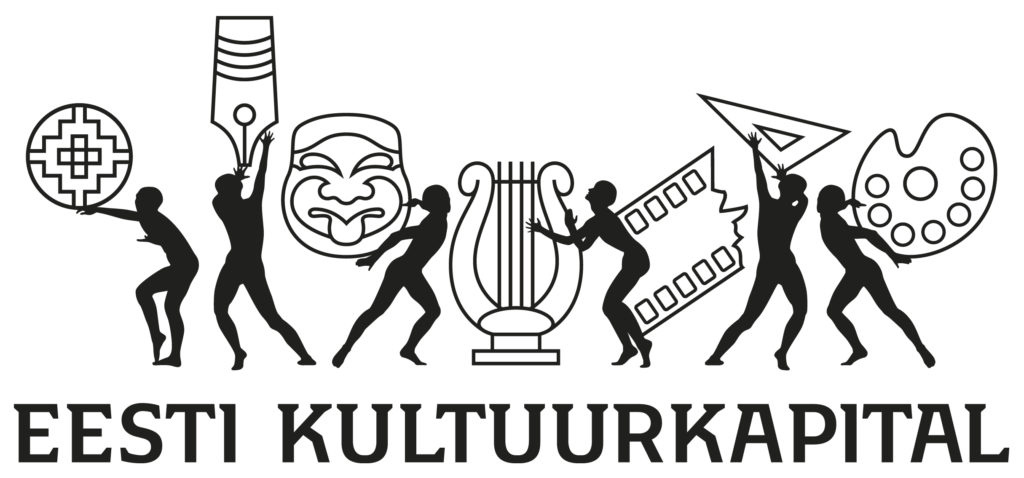To what extent does the administrative reform correspond to long-term settlement changes and the National Spatial Plan Estonia 2030+?
I have failed to notice, in all those nostalgic reminiscences about the old Baltic Station market, has anyone shown any interest in whether the sellers themselves actually enjoyed spending time in this environment?
For me, the key question posed by resilient urbanism is that of the status of the body: unlike in modern urbanism, it could be argued that one of the primary sites of urbanization in resilient urbanism is the body. It situates one of its innovations in the making-infrastructural of the body. This, of course, raises interesting questions regarding the emergent notions of subjectivity and interrogating agency and control in a space where law promises to become evermore algorithmic.
In 2007, the city council again approved the concept “Opening Tallinn to the Sea” with one of its aims including a populated urban space. The simultaneous activities – seaside arterial roads and the wire fences obstructing the sea views and the use of the coast, however, were entirely contrary
As part of her research for PhD thesis, Marianne Jõgi designs and builds objects which on the surface appear as installation art, yet on a deeper level raise meaningful questions about architecture.
The trio of landscape architects in Tartu represent the new obstinate generation who believe in nature’s power of self-organisation and assure that their cooperation will persist until Estonia is entirely covered with a high-quality public thicket.
No more posts
ARCHITECTURE AWARDS



